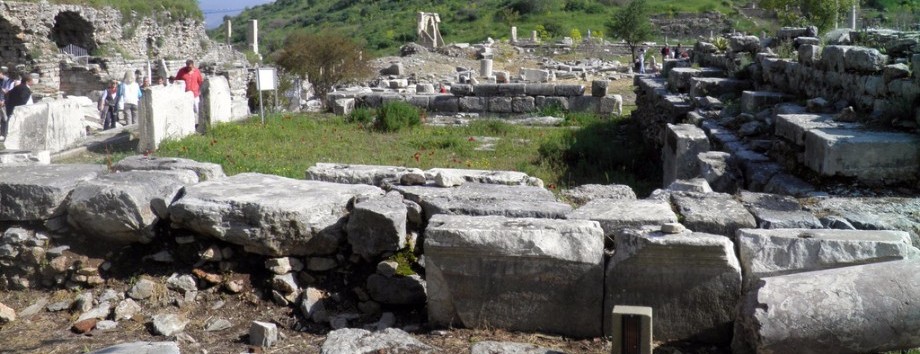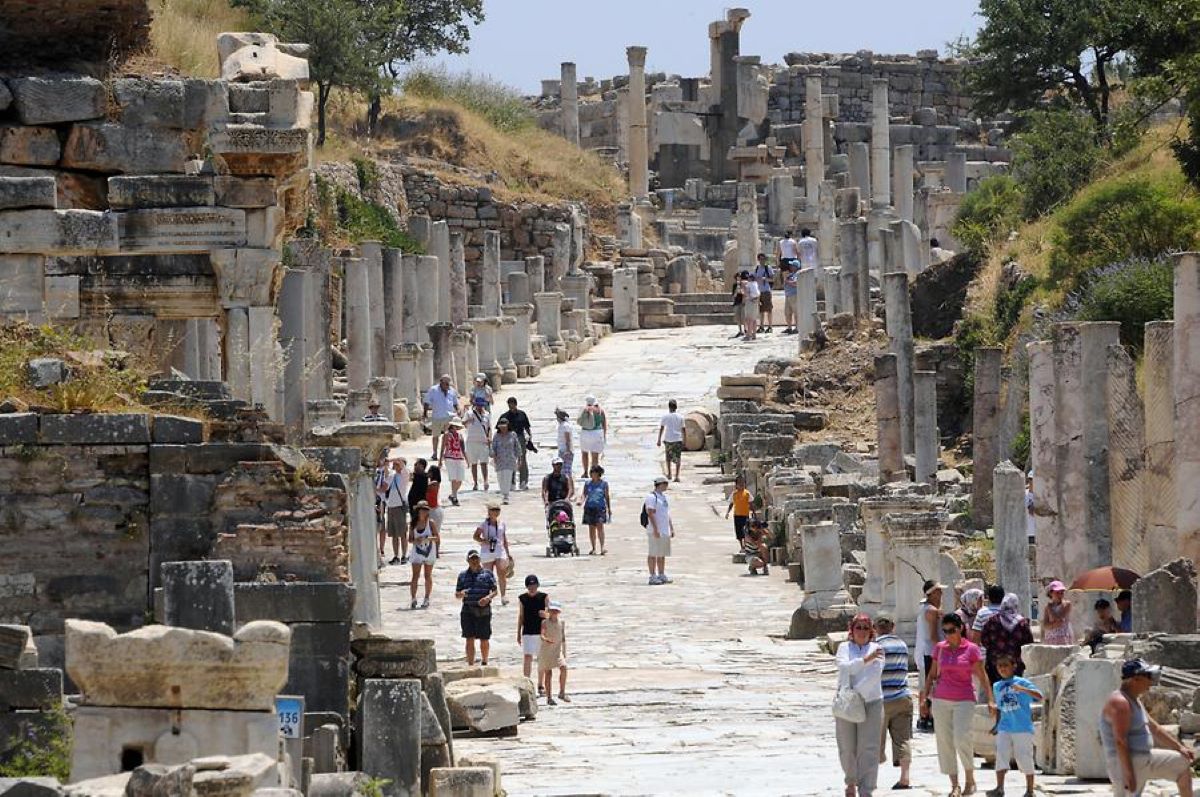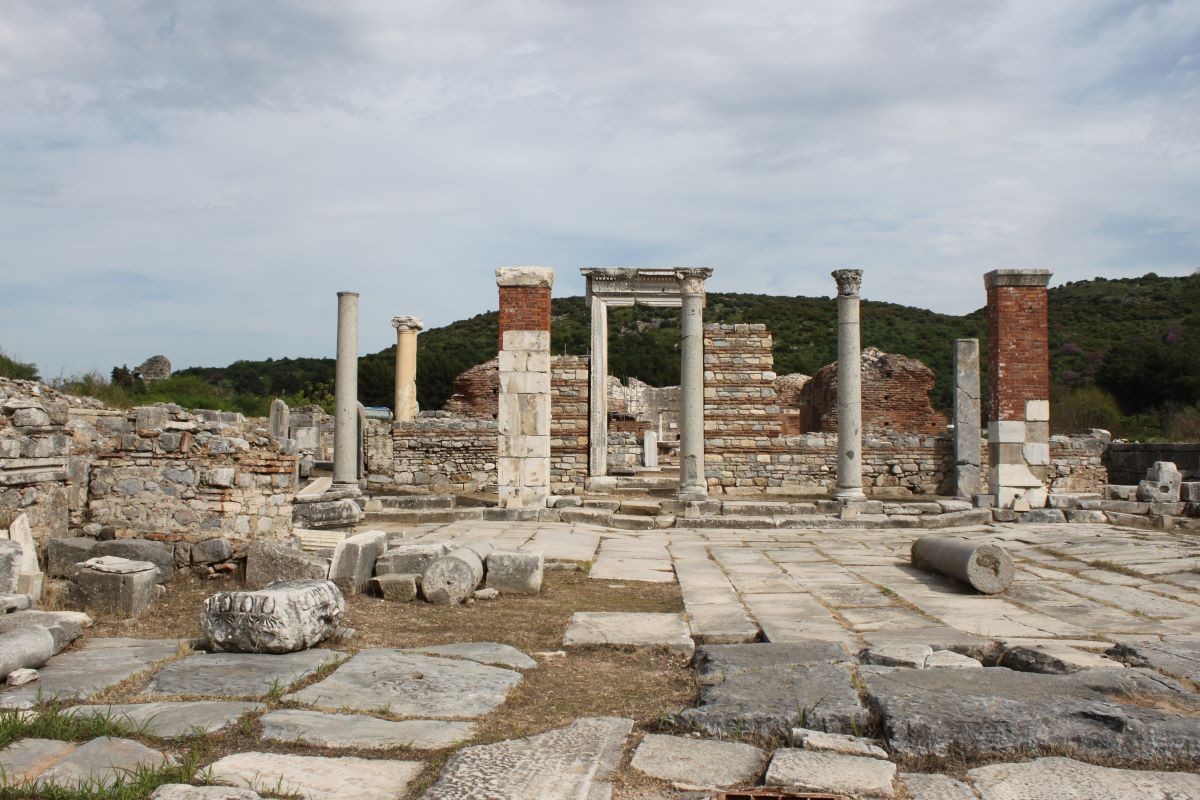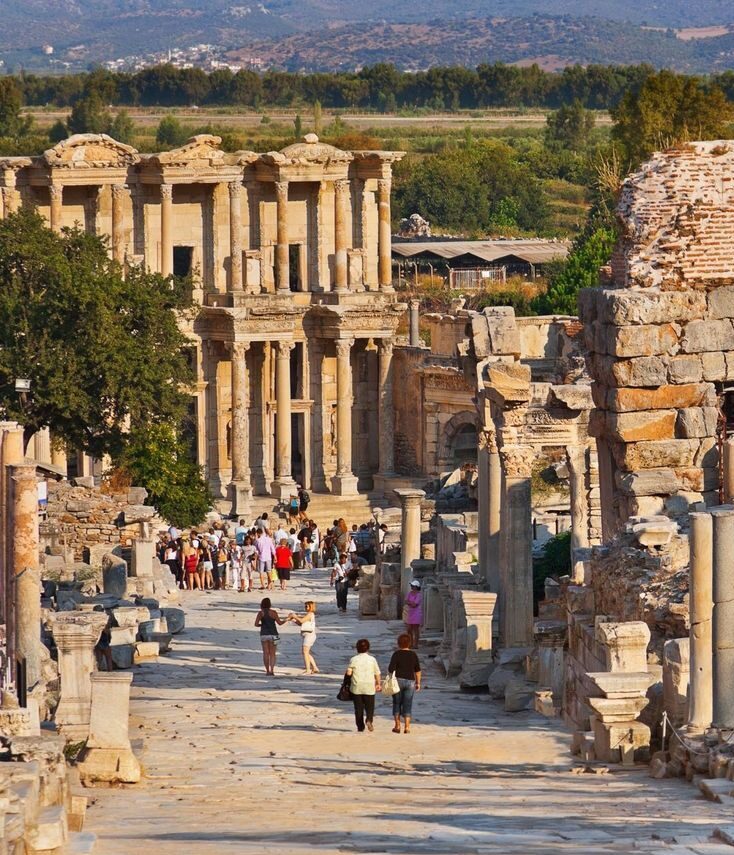The ancient city of Ephesus is a site of remarkable historical significance, with a…

The Isis Temple in Ephesus: A Fascinating Piece of Ancient History
Ephesus was once one of the most important cities in the ancient world, known for its rich history, culture, and architecture. The city was established in the 10th century BC by Ionian Greeks and was later ruled by the Persians, Macedonians, and Romans, among others. During its heyday, Ephesus was a bustling center of trade and commerce, with a population estimated to be around 250,000.
One of the most famous landmarks of Ephesus is the Temple of Artemis, which was considered one of the Seven Wonders of the Ancient World. The temple was dedicated to the Greek goddess Artemis, who was revered as the goddess of the hunt, childbirth, and fertility. The temple was renowned for its size and beauty, with a marble facade adorned with intricate sculptures and reliefs.
However, the Temple of Artemis was not the only impressive religious structure in Ephesus. Another notable temple in the city was the Isis Temple, also known as the Temple of the Magna Mater. Built in the 2nd century AD during the Roman Imperial period, the temple was dedicated to the Egyptian goddess Isis, who was worshipped throughout the Mediterranean world during the Hellenistic and Roman periods.
Isis was a popular goddess who was associated with motherhood, fertility, and protection. She was often depicted wearing a solar disk on her head and holding a cornucopia or a sistrum, a musical instrument used in religious ceremonies. Her worship was characterized by elaborate rituals and festivals, and her followers believed that she had the power to bestow blessings and protection on those who worshipped her.
The Isis Temple was located in the Curetes Street, one of the main streets of Ephesus. The temple’s location indicates the importance of the goddess Isis in the city, as the Curetes Street was lined with several important public buildings and monuments. The temple’s design was typical of Roman temples, with a rectangular cella surrounded by a colonnade. The temple’s facade featured four columns and a portico with ornate carvings and reliefs. The temple’s interior was richly decorated with frescoes and statues of the goddess Isis and other deities.
Despite its historical and cultural significance, the Isis Temple’s history is shrouded in mystery. It is not known when or why the temple was abandoned, although some historians speculate that the temple may have fallen out of use during the early Christian period when Christianity became the dominant religion in the area. Others believe that the temple may have been destroyed during an earthquake or other natural disaster.
Today, the temple’s ruins can still be seen in Ephesus, and visitors can marvel at the temple’s intricate carvings and decorations. The temple’s ruins are a testament to the rich cultural heritage of Ephesus and its significance in the ancient world. The Isis Temple stands as a remarkable example of the blending of Egyptian and Roman culture and religion, and a testament to the enduring power of ancient mythology and faith.




This Post Has 0 Comments